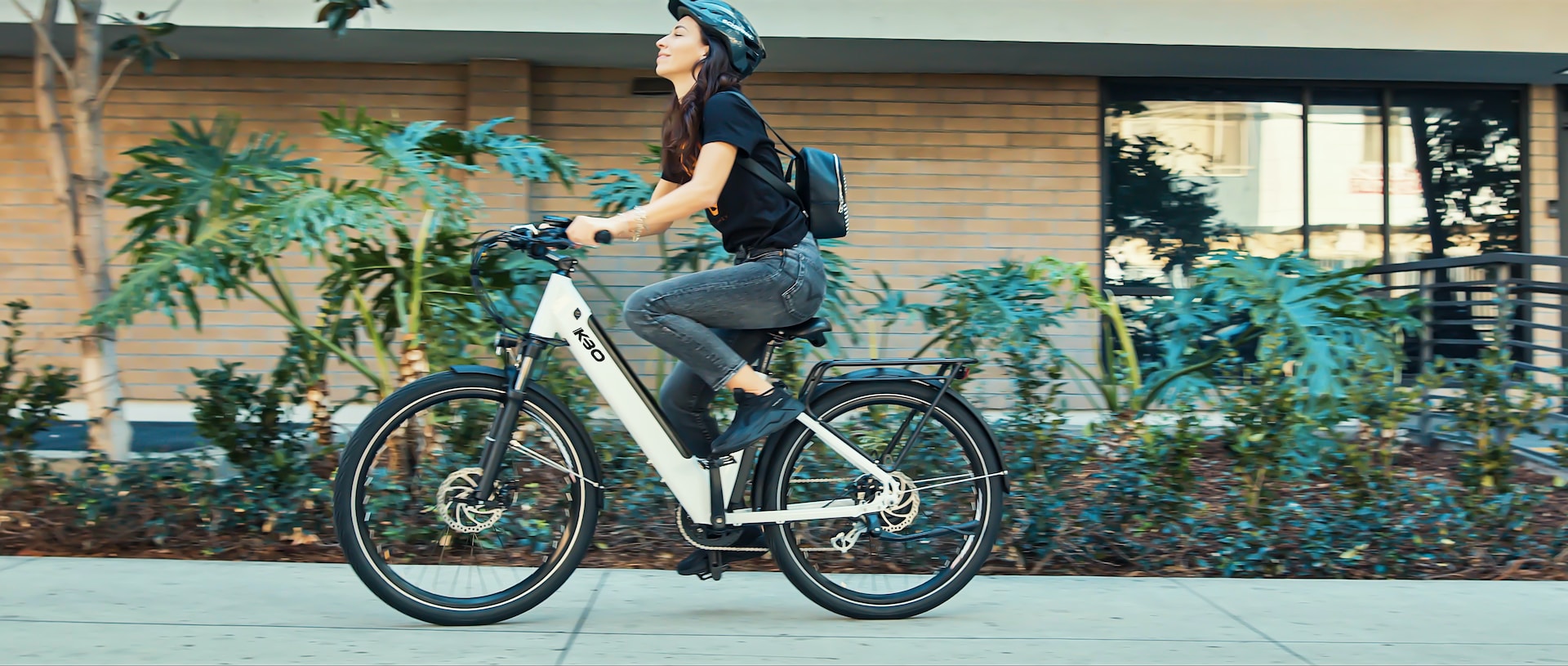As urban areas become denser and more people look for eco-friendly transportation options, the need for adequate bike storage solutions becomes crucial. Bike rooms outfitted with Dero bike racks offer a modern solution for apartment buildings and campus settings, enhancing the quality of living and promoting a greener lifestyle. Here’s how:
Secure Bike Storage
- Prevention of Theft: Bike rooms can be equipped with robust security features, including controlled access and surveillance systems, reducing the risk of bike theft significantly compared to outdoor racks. With an onsite bike room, residents and students can rest easy knowing their bikes are stored in a secure location, which adds an invaluable sense of security to their daily lives.

Space Efficiency
- Maximized Space Use: Dero’s innovative bike racks, such as vertical hanging or double-tiered systems, make the most out of limited spaces, allowing more bikes to be stored in a smaller area.
- Clutter-Free Common Areas: By providing a dedicated space for bike storage, bike rooms keep hallways, stairwells, and common areas free from the clutter and obstructions caused by improperly stored bikes.

Enhanced Property Value
- Attractive Amenity: A secure bike room is an attractive feature for potential tenants or students who are cycling enthusiasts or prefer biking as their primary mode of transport.
- Competitive Edge: Properties with dedicated bike rooms stand out in the competitive housing market, appealing more to environmentally conscious residents and increasing tenant retention.

Promotion of a Healthy Lifestyle
- Encouraging Cycling: Easy access to secure bike storage facilities encourages residents and students to cycle more often, promoting a healthier lifestyle.
- Reduction of Carbon Footprint: Bike rooms facilitate cycling, and contribute to reduced vehicle emissions, aligning with sustainability goals of the community.

Community Building
- Social Interactions: Bike rooms can become a gathering spot for like-minded individuals who share an interest in cycling, fostering a sense of community among residents. Additionally, it provides the opportunity to organize events. Management can organize biking events or workshops, enhancing engagement and interaction among tenants or students.

Maintenance and Convenience
- On-Site Repair Stations: Dero can provide repair stations equipped with tools for basic maintenance tasks, allowing cyclists to perform quick repairs and adjustments.
- Weather Protection: Indoor bike storage protects bicycles from harsh weather conditions, prolonging the life of the bikes and reducing maintenance needs.

Customizable Solutions
- Design Flexibility: Dero offers customizable bike room design consultation to match the specific needs and aesthetic preferences of each property, ensuring that the storage solutions blend seamlessly with existing infrastructure.
- Adaptability: As the needs of the community evolve, bike rooms can be adapted and expanded to accommodate more bikes or incorporate new features.
Incorporating a bike room into multi-tenant housing complexes and campus environments not only addresses practical issues of storage and security but also enhances the overall quality of life by supporting sustainable practices and fostering community engagement. These facilities are a testament to a property’s commitment to modern, eco-friendly solutions and can significantly influence a resident’s decision to choose one living space over another. Ready to find out more? Check out our Bike Room Guide here and contact us to discuss our complimentary CAD drawing.











